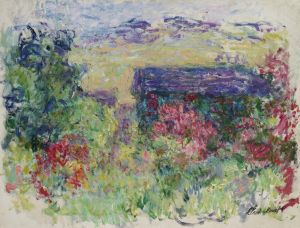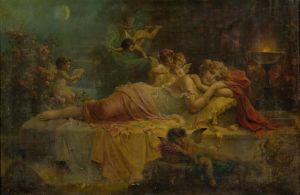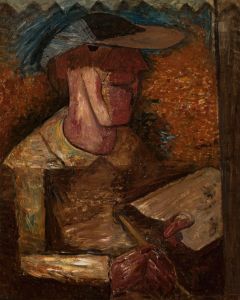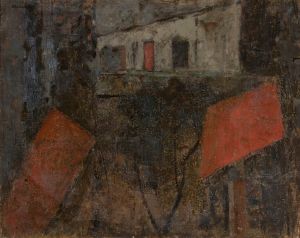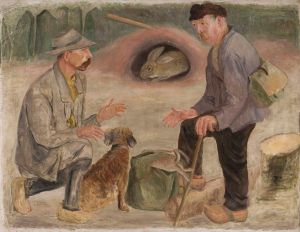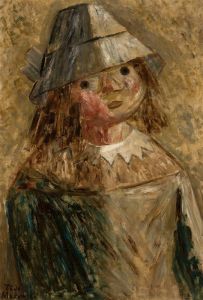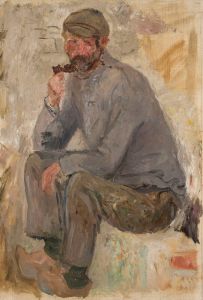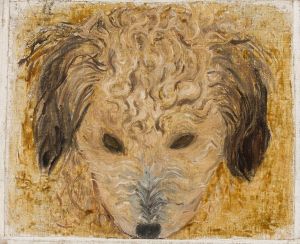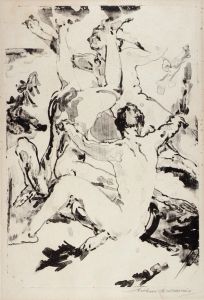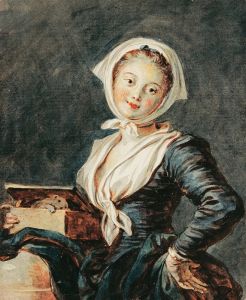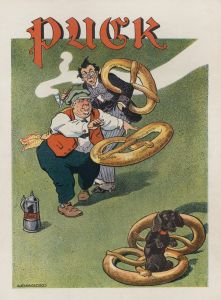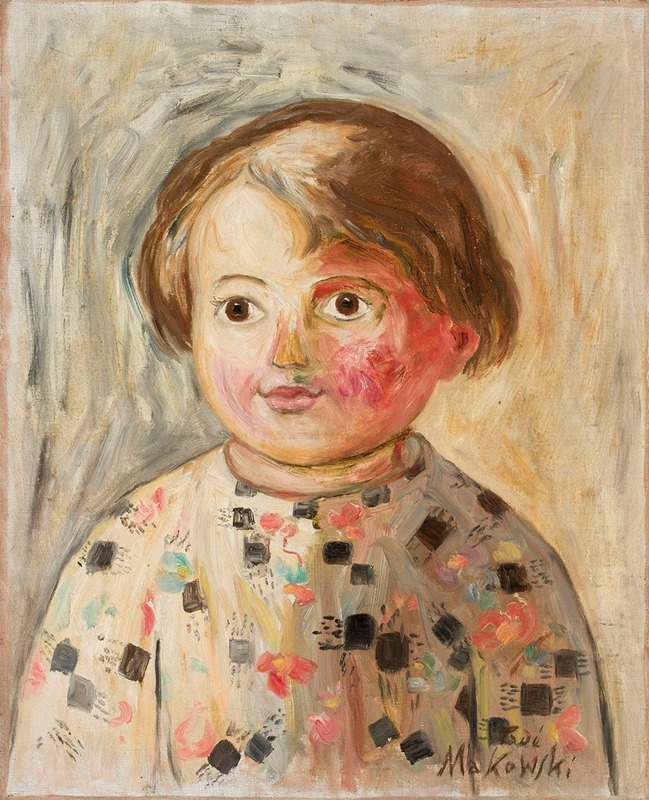
Dziewczynka z rumianym policzkiem
A hand-painted replica of Tadeusz Makowski’s masterpiece Dziewczynka z rumianym policzkiem, meticulously crafted by professional artists to capture the true essence of the original. Each piece is created with museum-quality canvas and rare mineral pigments, carefully painted by experienced artists with delicate brushstrokes and rich, layered colors to perfectly recreate the texture of the original artwork. Unlike machine-printed reproductions, this hand-painted version brings the painting to life, infused with the artist’s emotions and skill in every stroke. Whether for personal collection or home decoration, it instantly elevates the artistic atmosphere of any space.
Tadeusz Makowski was a Polish painter known for his unique style that combined elements of folk art, symbolism, and modernism. Born on January 29, 1882, in Oświęcim, Poland, Makowski initially studied classical philology at the Jagiellonian University in Kraków before pursuing his passion for art at the Academy of Fine Arts in Kraków. His early works were influenced by the Young Poland movement, which was characterized by its focus on national identity and the incorporation of folk themes.
Makowski moved to Paris in 1908, where he became part of the vibrant artistic community. In Paris, he was exposed to various avant-garde movements, including Cubism, which had a significant impact on his artistic development. Despite these influences, Makowski maintained a distinctive style that often featured simplified forms and a focus on the innocence and purity of childhood.
"Dziewczynka z rumianym policzkiem" (translated as "Girl with a Rosy Cheek") is one of Makowski's notable works. This painting exemplifies his fascination with the theme of childhood, a recurring subject in his oeuvre. Makowski often depicted children in his paintings, capturing their innocence and the whimsical nature of their world. His portrayal of children was not only a reflection of his artistic interests but also a commentary on the purity and simplicity that he believed were lost in adulthood.
The painting "Dziewczynka z rumianym policzkiem" features a young girl with a distinctively rosy cheek, a characteristic that gives the work its name. Makowski's use of color and form in this piece highlights his ability to convey emotion and character through minimalistic yet expressive techniques. The girl's rosy cheek serves as a focal point, drawing the viewer's attention and evoking a sense of warmth and vitality.
Makowski's style in this painting, as in many of his works, is marked by a blend of realism and abstraction. He often employed a muted color palette, with occasional bursts of brighter hues to emphasize certain elements, such as the girl's cheek in this case. His brushwork is typically loose and expressive, contributing to the overall sense of movement and life within the painting.
Throughout his career, Makowski remained committed to exploring the theme of childhood, which he saw as a symbol of purity and unspoiled beauty. His works often feature children engaged in simple, everyday activities, depicted with a sense of wonder and imagination. This focus on childhood can be seen as a reflection of Makowski's own longing for a simpler, more innocent time, as well as a critique of the complexities and corruptions of adult life.
Makowski's contribution to art extends beyond his paintings. He was also a respected art critic and writer, contributing to various publications and sharing his insights on the art world. His writings often emphasized the importance of sincerity and emotional truth in art, values that are evident in his own work.
Tadeusz Makowski passed away on November 1, 1932, in Paris, leaving behind a legacy of art that continues to be celebrated for its unique blend of simplicity, emotion, and depth. His works, including "Dziewczynka z rumianym policzkiem," remain an important part of Polish cultural heritage and are appreciated for their timeless exploration of childhood and human emotion.






